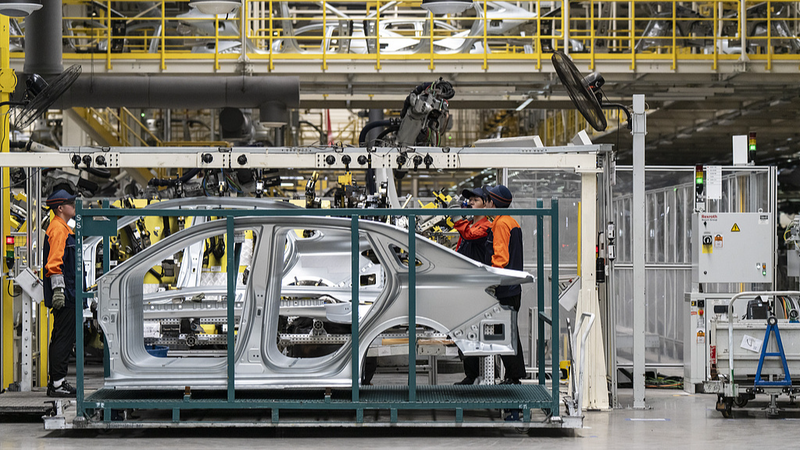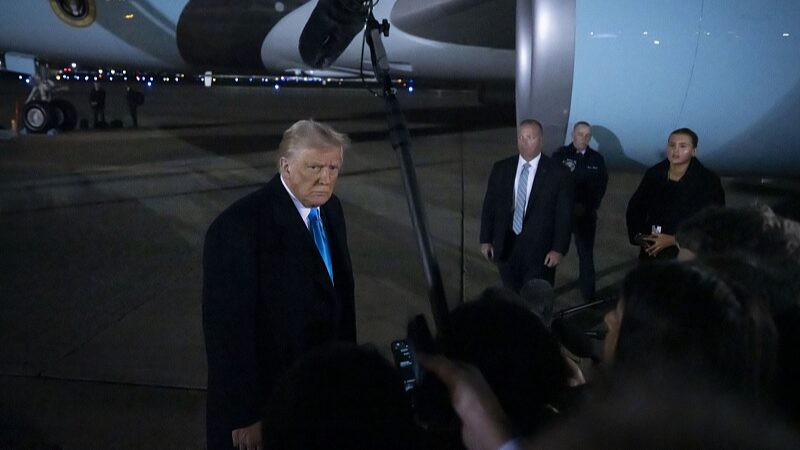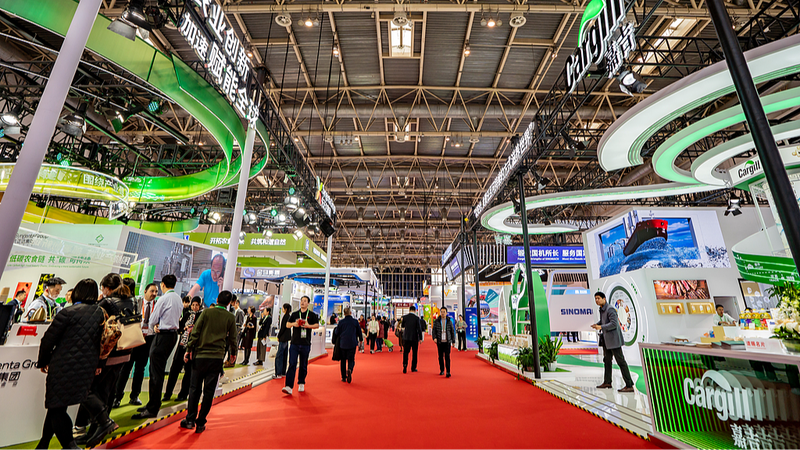As global trade tensions reshape supply chains, Guangdong Province – China's textile manufacturing heartland – is rewriting the rules of resilience. Amid rising U.S. tariffs, industry leaders are turning automation and sustainability into competitive advantages, according to recent field reports.
"Our knitting machines now produce 30% faster with AI-powered pattern recognition," shared Chen Wei, a factory manager in Foshan, during a facility tour. This technological leap mirrors broader provincial efforts to offset rising costs through smart manufacturing investments.
Textile exporters are diversifying markets while upgrading products. Lin Hao, director of the Guangdong Textile Association, noted: "Southeast Asian and Middle Eastern buyers now account for 45% of orders, up from 28% pre-tariffs. We're seeing particular demand for recycled fabrics and temperature-responsive materials."
The sector's adaptation reflects China's broader manufacturing evolution. While export growth slowed to 4.2% year-on-year in Q2, high-value textile exports rose 11.3%, suggesting successful product upgrading. Analysts highlight increased R&D collaboration between factories and tech universities as a key driver.
For international buyers, these changes present both challenges and opportunities. "The new focus on customization allows smaller European fashion brands to order economically," explained Singapore-based trade analyst Priya Singh. However, she cautions that compliance with evolving sustainability standards remains crucial for market access.
Reference(s):
BizFocus Ep.130: Trade uncertainty fuels innovation in textile hub
cgtn.com







